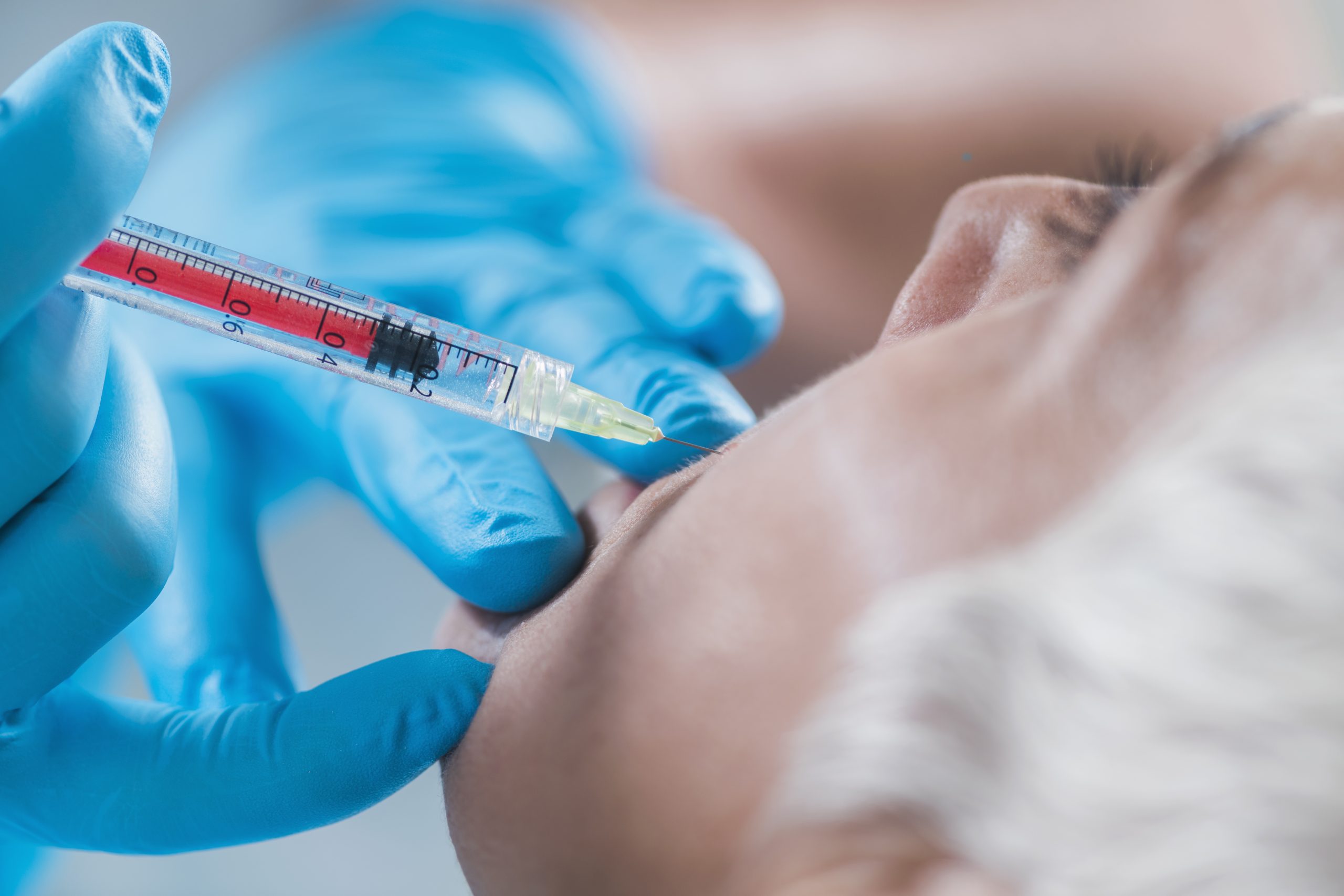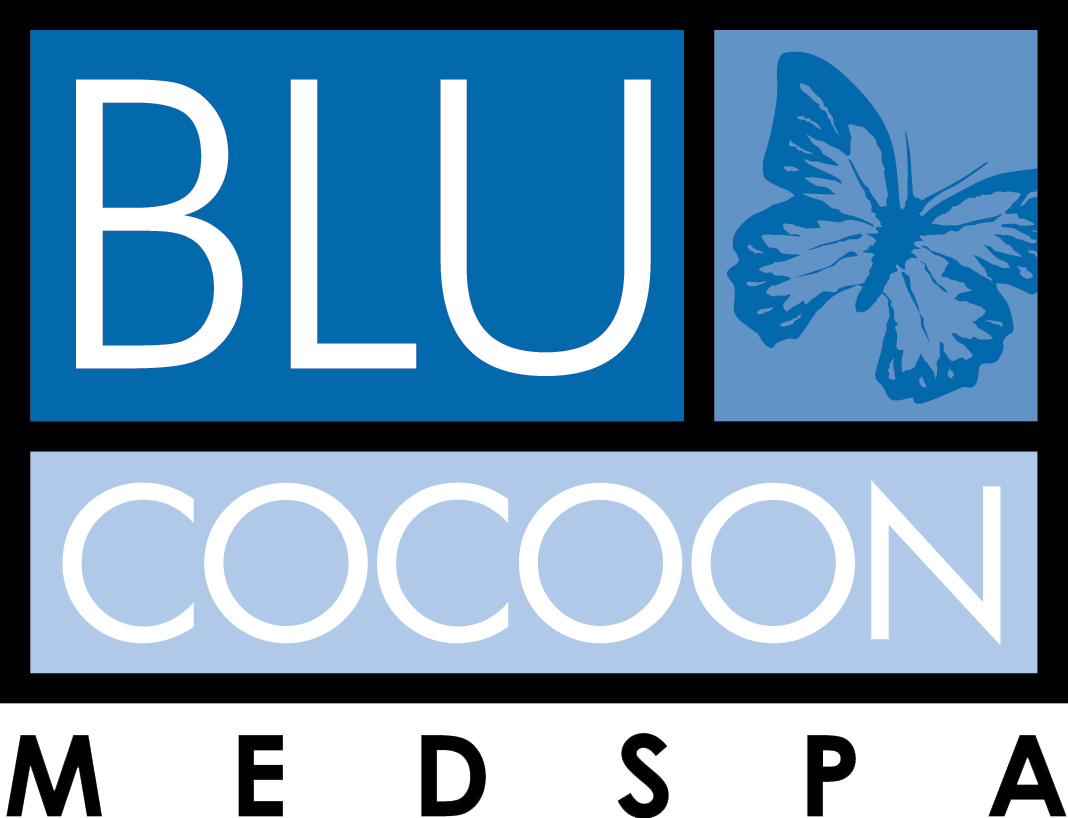
Dermal Fillers
What is Dermal Fillers?
Injectable fillers, also called dermal fillers or soft tissue fillers, can be used to plump lips, smooth wrinkles and folds, and fill in the under-eye hollows known as tear troughs. They can also add volume to cheeks, contour the face, chin, and jawline and reduce the appearance of pitted acne scars. Some people even choose to get a nonsurgical nose job using injectable fillers.
Hyaluronic acid is the most popular FDA-approved filler ingredient, but fillers can also be made of collagen, calcium hydroxylapatite, poly-L-lactic acid, polymethyl methacrylate, or fat that’s harvested from your own body.
Blu Cocoon MedSpa offers the following dermal fillers:
-
Restylane, Restylane Lyft, Restylane Silk, Restylane Defyne, Restylane Refyne, Restylane Kysse, Voluma, Juvederm, Juvederm Ultra Plus, Volbella, and RHA Collection.
Volbella add volume and correct moderate to severe wrinkles and folds using hyaluronic acid – which is found to naturally occur in the body and is generally biocompatible. 60 minute session. Recommended every 6-9 months. - Juvederm Voluma is FDA-approved for the mid-face/cheek area. It is uniquely formulated with VYCROSS technology to produce a tightly cross-linked gel to insure lift capacity and duration. You will see results immediately that are clinically proven to last up to 1-2 years.
- RHA® Collection of fillers are the first and only FDA-approved HA fillers for dynamic wrinkles and folds. RHA® Collection is a designer filler made to be more like your skin's natural hyaluronic acid and designed to adapt to facial movements for a more natural look. Results last approximately 9-18 months.

Vic's Story
"My first Botox and filler treatments were done to appease my wife, who insisted that I should try for a more youthful look. A few weeks after my treatment, my friends asked what I have been doing different because I looked relaxed and years younger. I like that my friends can't tell, so here I am still defying aging twelve years later."
Vic, patient since 2009
Frequently Asked Questions
Pros
- Injectable treatments are quick, relatively painless, and safe when done by a licensed practitioner. They’re noninvasive, so they require minimal downtime.
- Hyaluronic acid fillers are nearly identical to what’s produced in our bodies, so it dissolves more naturally over time than other ingredients.
- Hyaluronic acid fillers can be easily reversed with hyaluronidase, an enzyme that breaks down HA, if you don’t like your results.
Cons
- Results are temporary, so you’ll need touch-ups to maintain them.
- Some people may experience bruising and/or swelling after a treatment.
- Results depend on the experience and qualifications of the injector.
One week prior to a treatment, we recommend patients avoid taking the following to minimize bruising:
- Aspirin
- Ibuprofen or related NSAIDs
- St John’s Wort
- Vitamin E
- Fish Oil/Omega-3 fatty acids
- Gingko Biloba
- Ginseng
- Other blood-thinning medications
You and your medical provider will first discuss your facial structure and the best type of filler for your goals as well as potential risks. Once you’ve decided which filler to get, your medical provider will clean the area and apply a topical anesthetic, if needed (most fillers contain lidocaine already). They will slowly inject the filler with a needle or cannula and then gently massage the area with their fingers to distribute it before continuing with more injections, for even distribution. If you feel any discomfort, swelling, or tenderness afterward, they can advise on what to do next (ice packs usually help).
Each injection only takes a few moments, and the entire cosmetic procedure is about 15 to “60 minutes, depending on how many areas are being treated.”
You will have minimal downtime, but it is very common to see mild bruising and swelling at the injection site after your treatment. Avoid sun, heat, workouts, and alcohol for 24 hours; these side effects should clear up within a few days.
Avoid alcohol, aspirin, some supplements (high-dose vitamin E, ginkgo biloba, and garlic) or other blood-thinning medications for a week or two prior to your appointment, to minimize bruising. Some doctors arnica gel or cream, to reduce pain and swelling.
You’ll see more fullness or smoother skin immediately or within a couple of days, but it can take up to two weeks for the swelling to fully subside.
Fillers can last anywhere from six months to more than a year, depending on which one you get, how much your doctor uses, and how quickly your body metabolizes it.
Dermal fillers are considered safe and effective, especially when done by an experienced and qualified medical practioner. The most common side effects are bruising, redness, swelling, pain, and itching.
